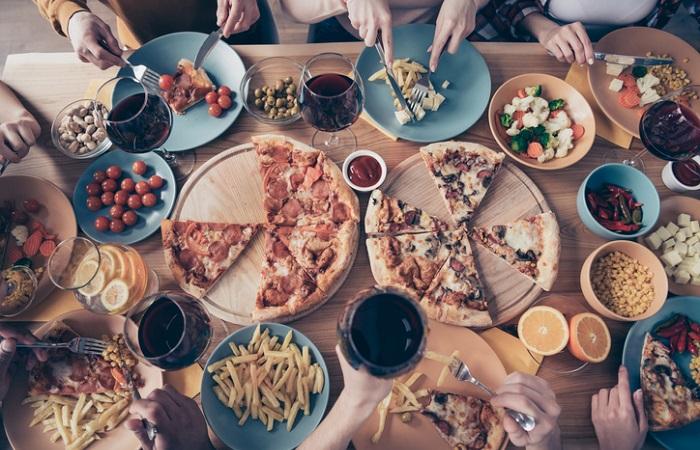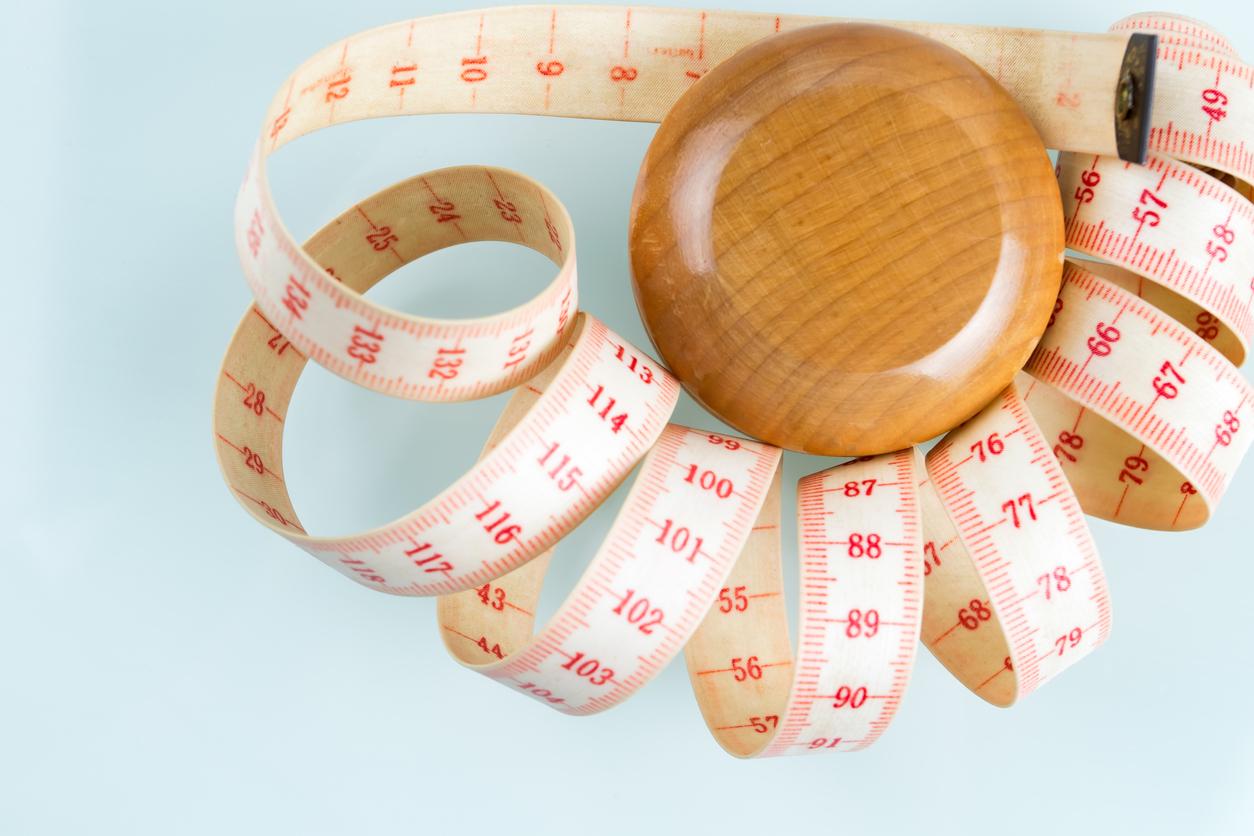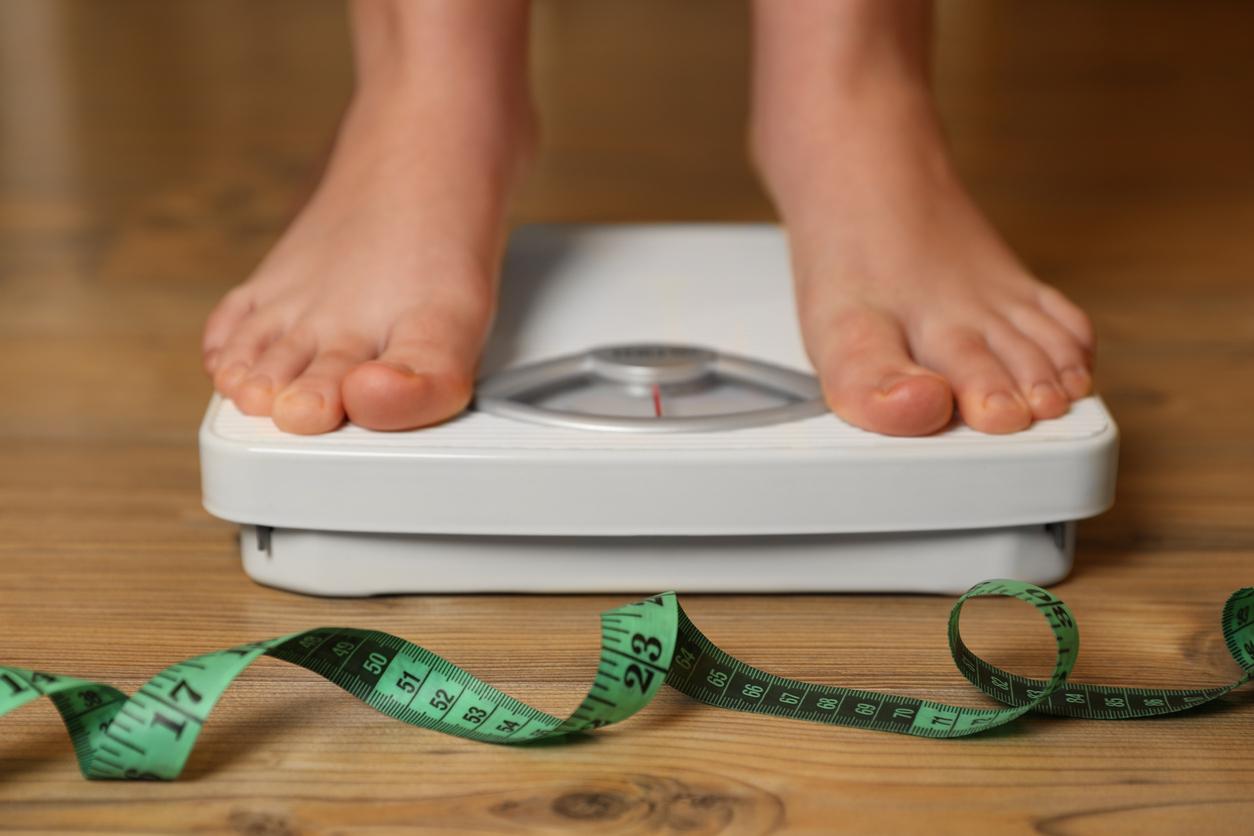The size of wine glasses has increased eightfold in 400 years, but much more seriously, the size of plates has doubled in more than 50 years.

- Plate size is a factor in obesity.
- To make sure you don’t eat more than the amount that makes you fat, it’s simple and logical to leave a little food on your plate.
- You should also avoid eating directly from the packaging.
The size of glasses has increased eightfold, providing an explanation for the modern phenomenon of alcoholism. A somewhat far-fetched hypothesis… Unlike the size of plates, which is a factor in obesity.
A tradition of Anglo-Saxon medical journals is to sometimes publish studies that are… amusing. The one on wine that looks at the evolution of the size of glasses over time is no exception, but hasty conclusions should not be taken literally. Just one example: despite the fashion for large glasses, consumption in France has been decreasing for almost thirty years.
On the other hand, Americans, with their gastronomic culture, have invented weapons of mass destruction that they are offering to the whole world. If we want to understand why this country has gone from “Jurassic Park” to “Mammoth Park” in fifty years, the doubling of portion sizes is one of the main reasons. Probably the most important on a daily basis, and especially the most perverse. Because everyone is happy: the consumer, who feels like they are really getting their money’s worth, and the restaurateur, who has taken advantage of these “super size” promotions to gradually increase their prices. Moreover, they share their satisfaction with the customer: in case the customer is temporarily full, the “Doggy bag” is there to allow them to continue the feast at home, adding in passing the little note of canine hypocrisy, which suits so well the temporary guilt of the devourer.
Pay attention to portion sizes
To be sure not to exceed the amount that makes you fat, it is simple and logical to leave a little food on the plate. If you are invited to a friend’s house, to avoid upsetting the cook, explain “scientifically” the reason, with the arguments below. It is better to waste a little than to become obese.
You should also avoid eating directly from the packaging. This is a bad habit, for example, when you like Asian cuisine. Go through the plate stage, which is the only guarantee of the portion size. In the same logic, an individual portion is better than family sizes; this is obvious for ice cream, for example. Food manufacturers most of the time decide on the size of the portions, taking into account the cost price much more than the actual daily need.
It is undeniable that the portion of food consumed is most of the time the quantity of food that each of us decides to put on our plate. The bigger the plate, the bigger the portions… and the consumption goes with it. One solution is to use smaller plates. It is not “trendy”, it is less beautiful, but the result is scientifically proven by several studies.
Tips for measuring portions
This technique comes to us from Canada. To avoid falling into the terrorism of the kitchen scale which quickly becomes a trap, we can use our hands or familiar objects to determine what constitutes reasonable portions.
|
Food |
Recommended serving size |
|
Chicken, meat, fish |
Palm of the hand, smartphone |
|
Pasta, rice, potatoes |
Fist size, computer mouse |
|
Vegetables |
Both palms open |
|
Yogurt, cottage cheese |
Tennis ball |
|
Cheese |
Thumb |
|
Butter, oil |
Thumb tip |
















